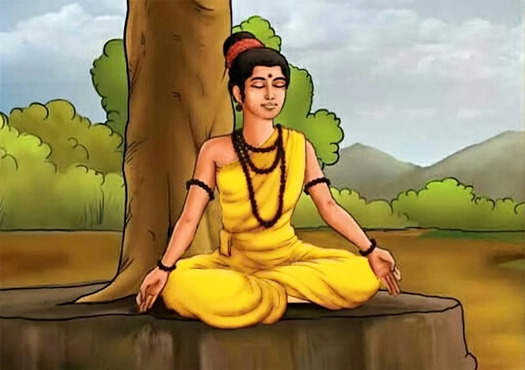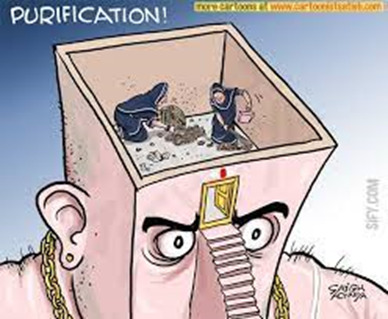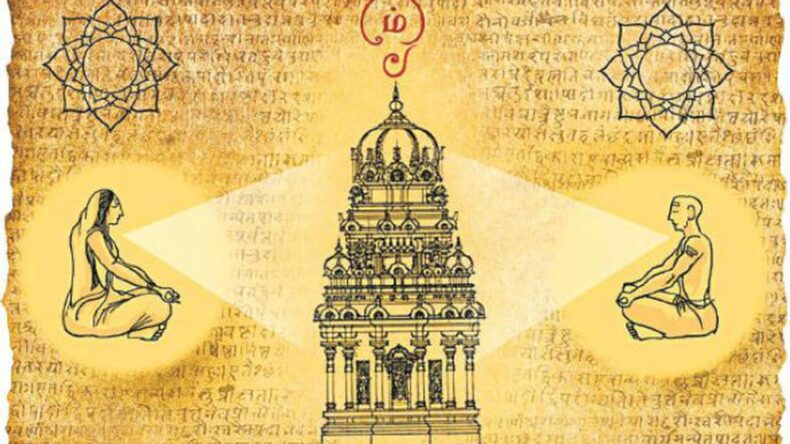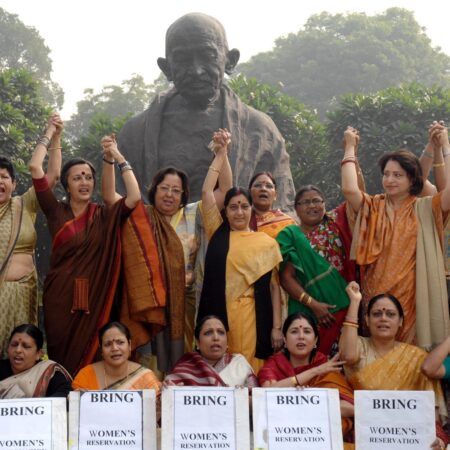S. Krishnaveni, S. Ramya and Ranjitha will be the first female assistant priests at Sri Vaishnava temples of Tamil Nadu, following the Pancharathra agama. These women are the first three to have undergone the Bhattar training in the state of Tamil Nadu and will be completing their training at Archakar Training School run by the Sri Ranganathan Temple at Srirangam.

Status of Women Priests in the Country
Tamil Nadu was the latest addition to the list of states which allow women to be trained to become priests in temples. Kerela and Maharashtra are the two other states which allow women to be trained as priests. Additionally, some temples in Uttar Pradesh and Rajasthan also allow women to be priests in temples though there is some regional disparity in the same. There is absence of data certifying the exact number of female priests across the states.
The Idea of Female Priests

The Hindu scriptures convey in ambiguity the status of women as priests. The Vedic Era which has shaped the religious traditions of today did prohibit women from performing Brahminical rituals and it even denied them the knowledge underlying these rituals.
Women were seen as incapable of attaining proximity to god and hence were stripped off of any facilities that would allow the same.
Even the Upanishads position the women as counterparts to their “highly knowledgeable” Brahmin husbands, denying them of any individual participatory rights. However, these texts also give exceptions with mention of women such as Gargi, Maitreyi, and more so in myths which then challenge the popular narrative.
The Vedic Age’s constructed traditions were challenged with coming of the Bhakti Movement, divided between Alvars and Nayanars where Andal was a female priest of the Alvar sect and Karaikkkal Ammaiyar, of the Nayanars.
The spread of the Bhakti towards the Northern part of India and its eventual intermingling with Vedic ideas that came to be strongly associated with Brahminism provided scope for inclusivity, choice and reform of the Vedic ideologies.
Patriarchy: A Perpetual Obstacle

While the religious scriptures do not explicitly codify prohibition of women acting as priests, it restricts their participation in certain rituals.
It is the constructive abilities of patriarchy that finds discomfort in the idea of a female leading rituals, placing the average men subordinate to her, in turn challenging the ritual scriptures that have placed him in a position of advantage. Additionally, the notions of purity and pollution associated with a women’s menstrual cycle further leads to dismissal of their employability as priests.
However, one cannot help but notice the hypocrisy in the ideas that surround a women’s act of performing rituals. The woman, a wife and a mother in her household is expected to perform all pujas, keep fasts and lead rituals. However, these actions when placed within an office that renders the same woman superior makes her unworthy of the role.
These narratives that exist today then dismiss a threat by its attribution to pollution and applaud the act that secures the it.
The equal reverence given to male and female goddesses in the country exists in sharp contrast to the unequal preference of those who act as an intermediatory between the divine and the public.
The association of religion must be with faith and belief. The rising realisation of it being a patriarchal creation will prove to be challenging on many fronts and so, biology must not become a reason for the loss of faith.













